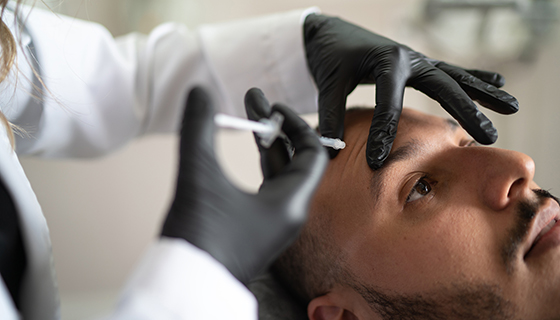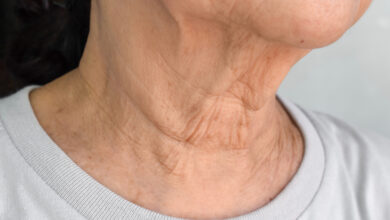Exploring Botox as a Treatment for Migraine

Migraine pain is a debilitating neurological disorder affecting millions worldwide, characterized by intense headaches, sensory disturbances, and other debilitating symptoms. For many migraine sufferers, conventional treatments may not provide adequate relief. In recent years, Botox (Botulinum toxin type A) has emerged as a promising therapy for chronic migraine management, offering new hope to those seeking relief from this disabling condition. This article delves into the mechanisms, efficacy, and considerations surrounding Botox as a treatment for migraine pain.
Understanding Chronic Migraine and Its Impact
Chronic migraine is defined as experiencing headaches on 15 or more days per month, with at least eight days meeting the criteria for migraine. This condition significantly impairs quality of life, leading to missed workdays, reduced productivity, and diminished overall well-being. Traditional treatments for migraines include medications, lifestyle modifications, and alternative therapies. However, these approaches may not be effective for everyone, leaving many individuals in search of alternative solutions.
The Role of Botox in Migraine Management
Botox 50 units, known for its cosmetic applications in reducing wrinkles, has gained attention for its therapeutic benefits in treating various medical conditions, including chronic migraine. The use of Botox for migraine treatment originated from observations of patients who received cosmetic injections reporting fewer migraine episodes. This led to clinical trials and subsequent approval by regulatory agencies for the treatment of chronic migraines.
Mechanisms of Botox in Migraine Treatment
The exact mechanisms by which Botox alleviates migraine pain are not fully understood. However, researchers believe that Botox exerts its therapeutic effects through multiple pathways:
- Neurotransmitter Inhibition: Botox blocks the release of neurotransmitters involved in pain transmission, such as substance P and glutamate, reducing neuronal hyperexcitability associated with migraines.
- Muscle Relaxation: By inhibiting muscle contraction, Botox may help reduce tension and muscular stiffness, common triggers for migraine attacks.
- Anti-inflammatory Effects: Botox may possess anti-inflammatory properties, modulating the inflammatory response implicated in migraine pathogenesis.
Clinical Evidence Supporting Botox for Migraine Treatment
Clinical trials have demonstrated the efficacy of Botox in reducing the frequency, severity, and duration of migraine episodes in patients with chronic migraines. A landmark study published in the New England Journal of Medicine found that patients treated with Botox experienced a significant reduction in migraine days compared to those receiving a placebo. Subsequent research and real-world evidence have corroborated these findings, further solidifying Botox as a viable treatment option for chronic migraine sufferers.
Administration and Dosage Considerations
Botox treatment for chronic migraines involves the administration of multiple injections into specific head and neck muscles, typically performed by a trained healthcare professional. The procedure is relatively well-tolerated, with minimal discomfort reported by most patients. The dosage and injection sites are tailored to each individual based on factors such as migraine severity, symptomatology, and response to treatment.
Safety and Side Effects of Botox Therapy
Botox therapy for migraines is generally safe when administered by qualified practitioners. However, like any medical intervention, it carries potential risks and side effects. Common side effects of Botox treatment for migraines include injection site pain, bruising, muscle weakness, and temporary neck stiffness. Serious adverse events are rare but may occur, necessitating close monitoring and prompt medical attention if complications arise.
Related Product: Botox 100 Units
Conclusion: The Promise of Botox in Migraine Management
Botox represents a valuable addition to the armamentarium of treatments available for chronic migraine sufferers. Its ability to provide long-lasting relief from migraine pain, coupled with its favorable safety profile, makes it an attractive option for individuals who have not responded adequately to conventional therapies. However, it is essential to recognize that Botox may not be suitable for everyone, and its efficacy can vary among individuals.
As research continues to elucidate the mechanisms underlying migraine pathophysiology and Botox’s therapeutic effects, the potential for further advancements in migraine management remains promising. With comprehensive evaluation, personalized treatment planning, and ongoing medical supervision, Botox therapy can offer significant relief and improve the quality of life for individuals living with chronic migraines.
Visit: Pills4cure



